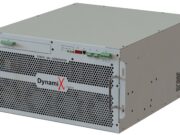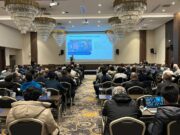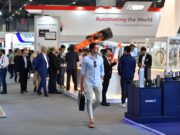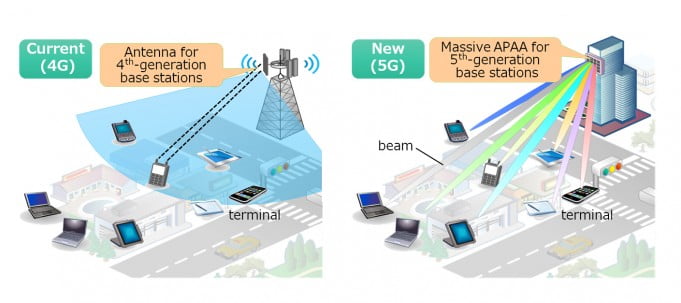Mitsubishi Electric Corporation has developed a new multibeam multiplexing radio communication technology for base stations of envisioned fifth-generation (5G) mobile communication systems by combining tens of active phased-array antennas with massive antenna elements(massive APAAs) and a new precoding technology for parallel transmission of data streamsby transmitters.The wideband communication technology will enable high-speedcommunicationin high-frequency bandsexpected to be used for 5Gsystems.The new multibeammultiplexing technology will achieve transmission speedsof 20Gbps, oraround 60 times faster than current 4G mobile base stationsthat use multi-input multi-output (MIMO)technology(as of January21, 2016). Details will be announced at the IEICE TechnicalCommittee on Radio Communication Systems in Tokyo on March 2.
Massive MIMO technology that would facilitate the use of more than several hundred antenna elements is drawing attentionas a way to compensate for propagation loss in the high-frequencybands(from 4GHz)that will be used for 5G. Fully digitized signal processing would require enormous digital circuitryand power consumption, so one of the practical solutions is a hybrid configuration that combinesanalog and digital processing.The massive APAA technology developed by Mitsubishi Electric is a proven technology that is already used commercially for satellites and other systems.
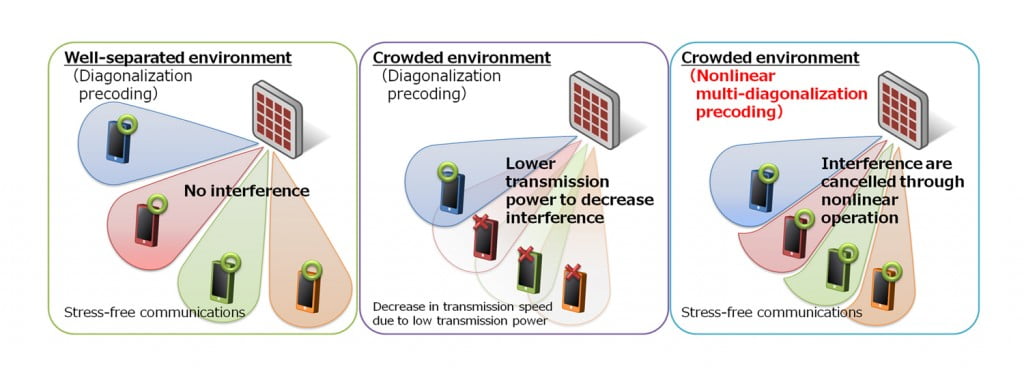
Mitsubishi Electric developed its new multibeammultiplexing technology by combining massive APAAs and precoding technology in transmittersthat deliver increased transmission power to overcome propagation loss in high-frequency bands. In comparisonwith two-beam transmissionsof current 4G mobile base stations, up to 16-beam transmissions canachieve up to 20Gbpsto satisfy needs for higher data rates.
When mobile terminals are in proximity in a crowded environment, signals from base stations can interfere with each other. In conventional diagonalization precoding schemes, the transmission power of interfering signals is lowered to reduce interference, but this alsoresultsin decreasedtransmission speeds. Mitsubishi Electric’ssolution is its new nonlinear multi-diagonalization precoding technologycombiningmulti-diagonalization precoding, with inherent interference, and nonlinear operation,whichremovesinterferencethrough multi-diagonalization precoding.Since transmission powerdoesnot have to be lowered, the result is high-capacity communication at 20Gbps in crowded environments.
Mitsubishi Electric is also engaged in other efforts to commerciallydeployultra-high-speed communication exceeding 20Gbps to accommodatethe increasing number of terminals in the Internet of Things (IoT). In September 2015, Japan’s Ministry of Internal Affairs and Communicationsentrusted Mitsubishi Electricwith a researchproject to realize5G mobile communicationsystemsthat could achievepeak throughputof 20Gbps.A system demonstration is scheduled in 2018. Going forward, Mitsubishi Electric will work toward realizing practical use of these technologies in commercial 5G systems after 2020.






